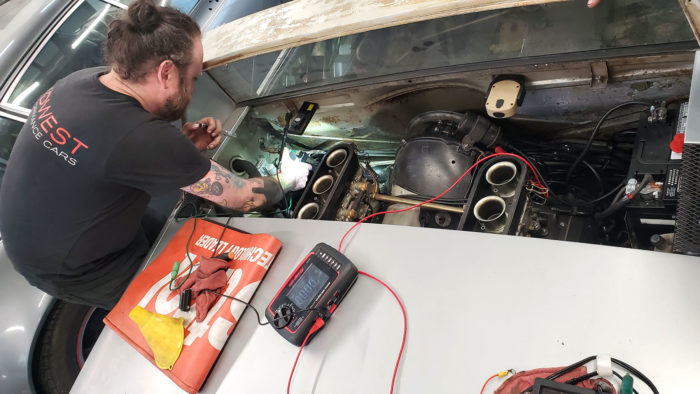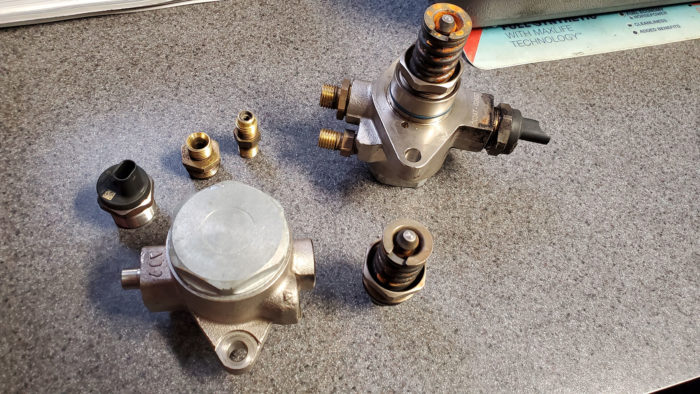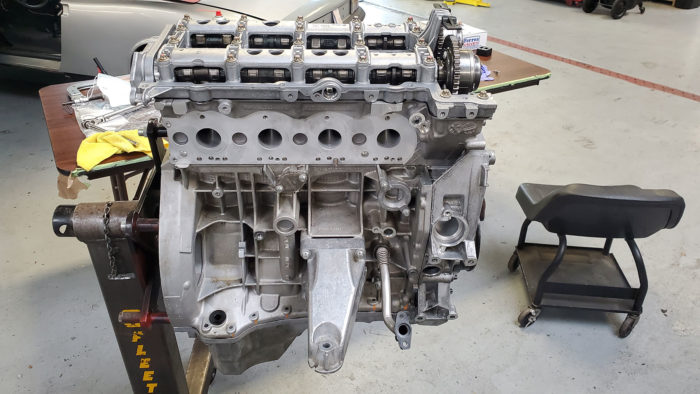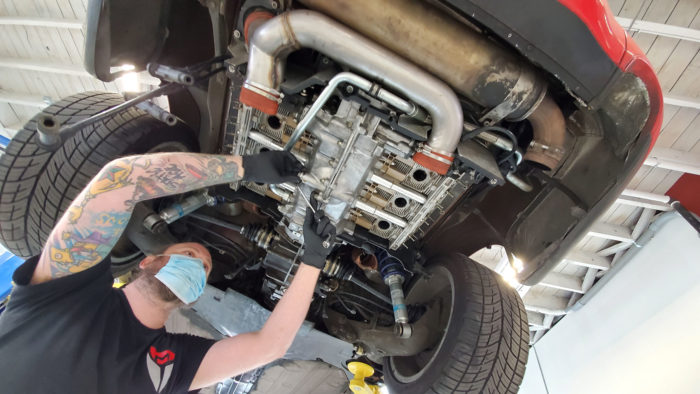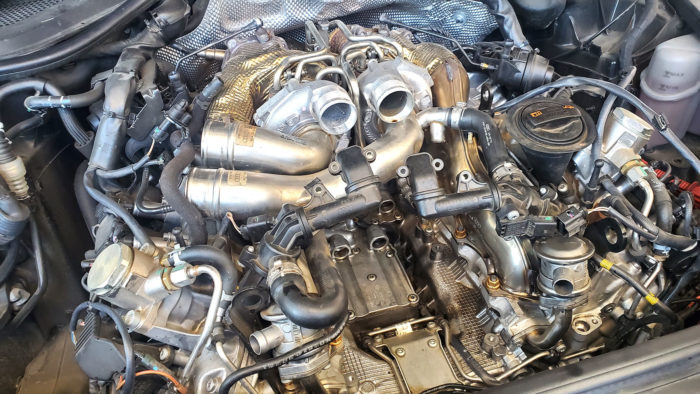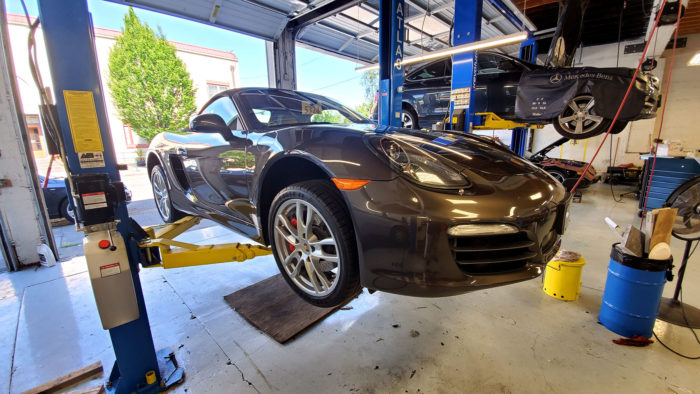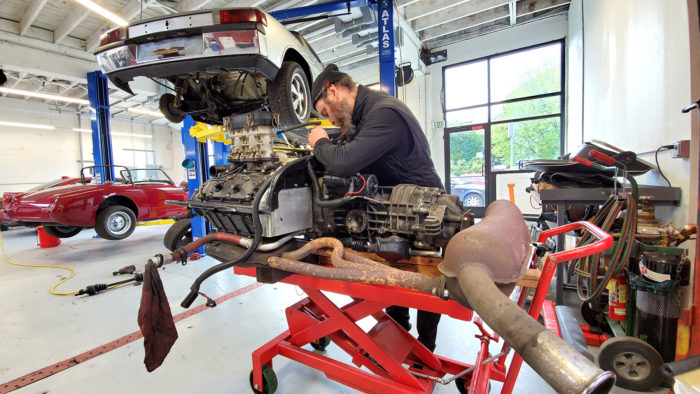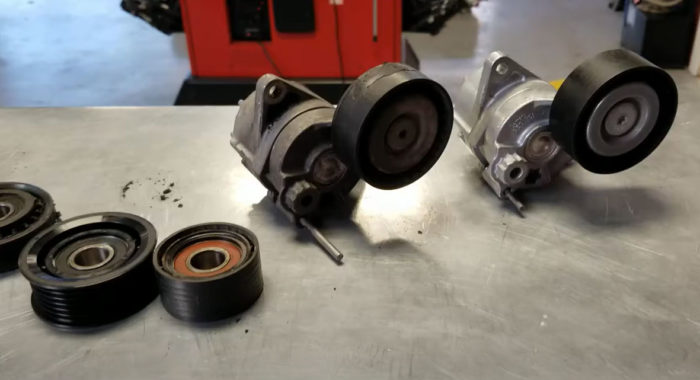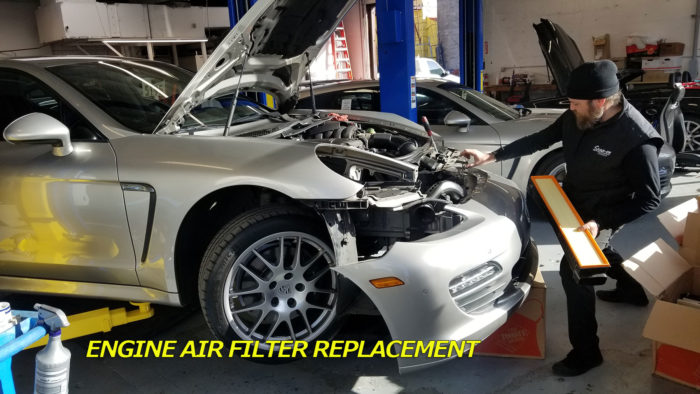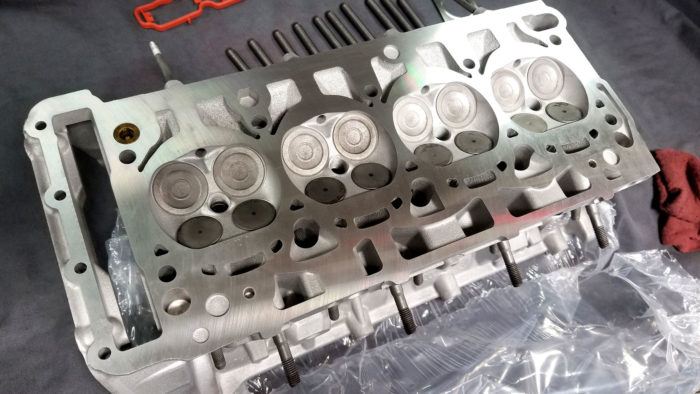Porsche 914 / 6 – Resurrection
This old girl has not been run for years. Adam put the engine in a few months back, but has not had a chance to deal with the ignition until this week. We’re expecting some problems.
Porsche 914 / 6 – Resurrection Read More »
